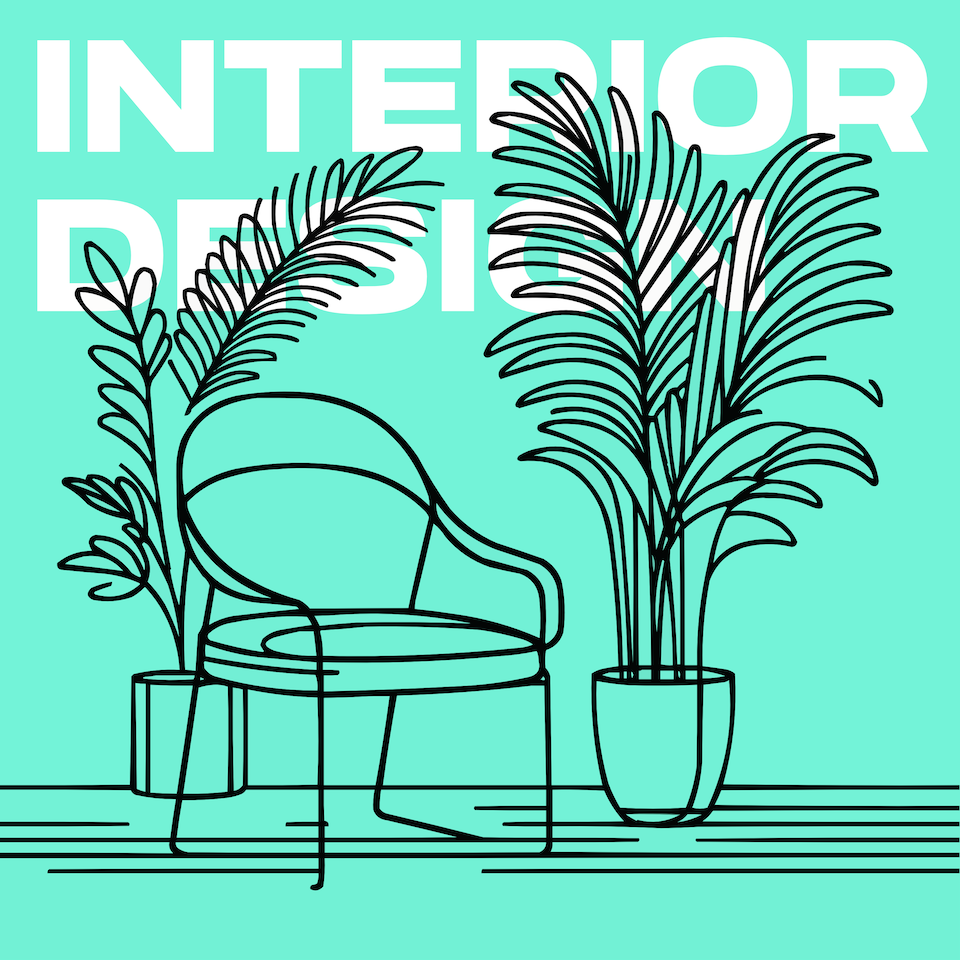Embarking on the Dance of Forms: Understanding Geometric and Organic Shapes
Welcome to another episode of 'Interior Design for Beginners', the podcast where we simplify the beautiful world of interior design so you can craft a space that truly feels like home. Today, we're embarking on an intriguing journey into the 'Dance of Forms', exploring the significance of geometric and organic shapes in your living spaces. Understanding these forms isn't just about appreciating their beauty; it's about harnessing their power to transform and harmonize your interior spaces. Let's start by breaking down what we mean by geometric and organic shapes. Geometric shapes are those with regular lines and angles—think squares, rectangles, circles, and triangles. These shapes are often seen as structured, steady, and provide a sense of order. On the other hand, organic shapes draw inspiration from the irregular, imperfect lines found in nature—like the meandering edges of a leaf or the asymmetrical forms of pebbles on a beach. These shapes evoke a sense of fluidity and spontaneity. So, why are these forms so pivotal in interior design? The answer lies in their inherent ability to invoke various emotional responses and create different atmospheres within a space. Geometric shapes, with their clean lines and regularity, bring a sense of calm and order. They're perfect for spaces that require focus and organization, like a home office or a kitchen. Incorporating geometric forms through furniture, artwork, or architectural features can help achieve this structured aesthetic. Meanwhile, organic shapes introduce a sense of warmth and natural beauty, making a room feel more inviting and relaxed. Incorporating organic forms can be as simple as adding a live-edge wood table that showcases the natural contours of the tree it was made from, or selecting decorative pillows with floral or abstract patterns. Using these shapes in living rooms or bedrooms can help create a serene retreat away from the busyness of daily life. But the magic truly happens when you blend these forms together. Mixing geometric and organic shapes can bring a balanced, dynamic energy to any space. For instance, pairing a rectangular dining table with curvy, organically shaped chairs can create visual interest and warmth, making the dining experience more inviting. Understanding the dance of forms is also about knowing how to work with the architecture of your space. For rooms with high ceilings and angular architecture, softening the space with organic shapes and textures can make it feel more grounded and cozy. Conversely, in spaces with lots of natural, irregular forms (like a room with an abundance of natural light and views of landscaping), introducing geometric patterns through rugs or wall art can provide contrasting structure and focus. Embracing the dance of forms in interior design is about finding the right balance that speaks to you. Experiment with different shapes through furniture, decor, and even the layout of your rooms to see what really makes your heart sing. Remember, there are no hard and fast rules in design—only guidelines to help you cultivate a space that reflects your unique style. So, as we wrap up today's journey through geometric and organic shapes, think about how these forms are present in your own spaces. Do they evoke the feelings you desire? If not, consider ways you can introduce a new dance of forms into your home, creating a harmony that resonates with your personal style. Thank you for tuning into 'Interior Design for Beginners'. We hope today's episode has inspired you to look at your spaces with fresh eyes and to experiment with the powerful play of shapes in design. Until next time, happy designing!
Brought to you by Room AI
